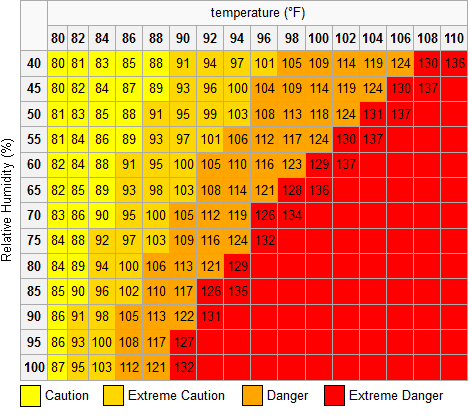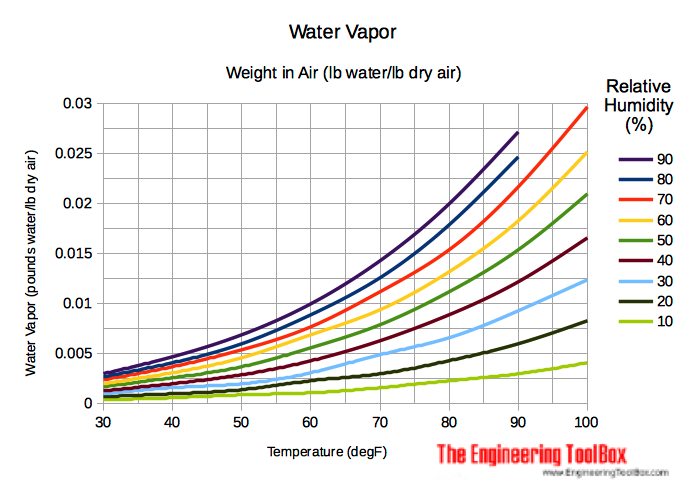

Then the saturation mixing ratio, w s, is found from:
Humidity ratio calculator inside how to#
How to find the actual mixing ratio, w? It can be obtained using the formula: Don't be discouraged by its name, you don't actually need to be at a station. T dew point is the dew point temperature in Celcius andįind the station pressure, p station.You can find them below as well as how to find the relative humidity:ĭetermine the actual vapor pressure, e, using the equation:Į = 6.11 * 10 7.5 * T dew point / (237.7 + T dew point), Understanding that the air is saturated when it can't hold any additional H 2O in the gaseous state may help grasp the concept.Īlthough the mixing ratio equation itself isn't overly complicated, there are a few quantities you'll need to establish along the way. What is a saturation mixing ratio, then? This is the maximum amount of water vapor the air can hold without condensation at a particular temperature and pressure. This is the temperature dry air would have if it had the same pressure and density as a given sample of moist air. Atmospheric thermodynamics to find the value of the virtual temperaturevirtual temperature of a parcel of air.For instance, a hot kitchen and a cold Alaskan street may have similar humidity but different mixing ratios. The actual mixing ratio is a more sensitive way of differentiating various air streams than the relative humidity. Microclimate studies, to investigate the infiltration results, which occurs when the outside air is accidentally introduced into a building.You may appreciate it, especially during winter when heaters cause the air to become dry and unpleasant. Engineering, for example, in calculations related to air conditioning and transporting the water vapor to control room humidity.Taking it further, this can be used in weather predictions and help you sleep better by ensuring that your well-deserved vacation is unlikely to be disturbed by unfavorable atmospheric conditions. Meteorology, to compute the relative humidity and to trace the properties of air masses.It turns out that the results from the mixing ratio of the air calculator can be used in: It isn't commonly used in daily life, but what about science?
Humidity ratio calculator inside plus#
It's similar to the specific humidity, although this quantity is related to the total dry air plus aqueous vapor. Understanding atmospheric moisture is key in understanding mould activity.The actual mixing ratio is defined as the mass of the water vapor to the mass of dry air.

The supplied data will provide a clear understanding of the atmospheric conditions at the time of surveying.


This will give a strong indication as to the influence the occupants are having on the internal conditions.Īs well as providing the graphical interpretation, the app also provides additional calculated data such as the Dew Point Temperature (Temperature at which condensation will form), Specific Humidity (weight of water in the air) and Vapour Pressure (the pressure generated by the absorbed moisture) etc. When assessing internal atmospheric conditions in a property, it is important to understand the prevailing conditions that could lead to persistent high humidity and ultimately mould, should adverse conditions prevail.Ĭornerstone’s Humidity Calculator (basic) will provide a clear graphical understanding of the atmospheric moisture conditions in a property compared to the exterior conditions as detailed in BS5250:2002.


 0 kommentar(er)
0 kommentar(er)
